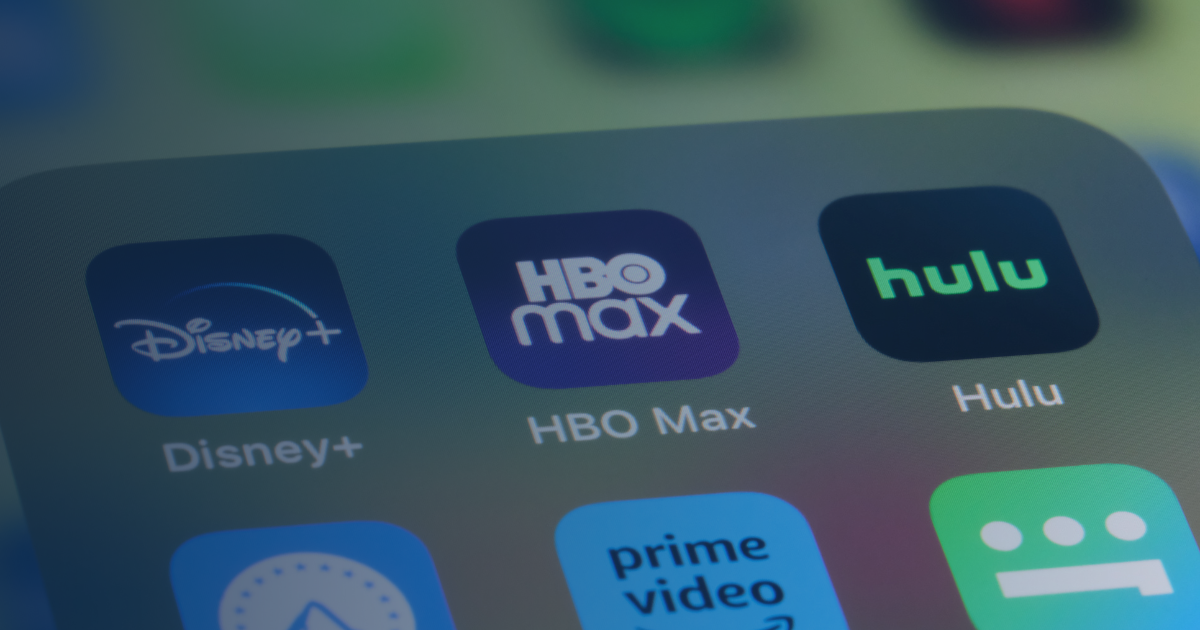What marketers should know about CTV fragmentation.
CTV fragmentation is growing, creating both opportunities and challenges for marketers. An audience-first strategy and private inventory contracts are key to navigating this landscape.

October 15
Share this blog:
Connected TV (CTV) fragmentation has become a hot topic lately, both for consumers and marketers. If you’re not sure what’s changing, curious about the details, or completely new to the idea of market fragmentation—you’re in the right place.
Let’s break it all down: what CTV fragmentation is, how it’s evolving, the challenges it presents, how to navigate this shifting landscape, and what it means for marketers like you.
Let’s start with the basics. Market fragmentation occurs when a market eventually becomes too large and breaks out into smaller, diverse segments to meet the needs of distinct consumer groups.
Take the automotive industry, for example. In the early 1900s, the automotive market was just emerging, with low demand and only a limited selection of cars available for purchase. As demand grew and cars became easier and faster to produce, more OEMs joined the scene and more vehicle models became available to suit different consumer groups (luxury, economy, EV, sedan, truck, etc.). The automobile market fragmented as demand grew.
In a fragmented market, a single company cannot monopolize the entire market. Companies must naturally break out into distinct sub-markets to pursue different consumer groups’ interests, needs, and behaviors. The market is simply too large and divided to be singularly controlled.
Let’s talk about CTV. Since its rise, CTV has transformed TV viewing—officially dominating the television market since 2022. With 88% of Americans owning a CTV device and more than half having cut the cable cord, CTV is now the go-to for professional content consumption in the U.S.
Unlike streaming’s early days of Netflix in 2007, CTV today has grown beyond a couple of apps and devices. It’s now a massive ecosystem of content and ads, with new apps, operating systems, bundles, and ad tiers launching regularly. CTV is still growing, and it’s fragmenting fast.
Everything is fragmenting!
Every aspect of CTV seems to be breaking apart, so let’s unpack it.
Streaming apps (where the content lives) are splitting into their own sub-markets:
- SVOD (subscription-based) like Netflix and Max
- AVOD (ad-based) like Peacock
- vMVPD (virtual multichannel video programming distributors) like Hulu and Fubo TV
- FAST (free ad-supported) like PlutoTV and Tubi
- DTC (direct-to-consumer) like Paramount+ and Discovery+
Each of these serves a different audience with varying price points and unique content. A trend we’re seeing is hybrid monetization—SVOD platforms adding more affordable, ad-supported tiers for budget-conscious viewers (seen by Netflix and Max most recently).
CTV hardware and operating systems are fragmenting, too. Today’s options span everything from smart TVs (like LG and Samsung) to external streaming devices like Roku, Apple TV, and Amazon Firestick. And that’s just scratching the surface.
On top of this, streaming bundles are popping up to keep viewers on board amid rising prices and endless options. Think Disney Bundle (Disney+, ESPN, Hulu), Sling TV’s Orange & Blue Bundle, and Paramount+ + Showtime. This leaves viewers with even more options when deciding which bundles or standalone services to prioritize.
It’s a blessing and a curse. While fragmentation opens up the market, it also creates challenges for viewers and marketers.
Viewers have to juggle choices—bundles, pricing tiers, content availability. Meanwhile, marketers are left wondering how to navigate an increasingly complex inventory chain to reach their target audiences.
Streaming apps also lose some control. As new operating systems and digital players enter the mix, apps need to sell more of their inventory to ensure they’re available on these platforms. The result? Ad inventory becomes more dispersed, and marketers have less clarity on where to buy.
Frequency management is another headache. With so many apps and devices, managing ad frequency across different publishers gets complicated. For example, if you’re buying ads through Roku and Hulu separately, the same viewers might see your ad multiple times, leading to overexposure and ad fatigue. Plus, privacy restrictions make it difficult for marketers to get the data needed to manage this themselves.
Let’s end on a positive note! CTV fragmentation is a sign of a healthy, growing market. It shows the industry is adapting to consumer needs, which means more inventory and opportunities for advertisers.
Fragmentation also keeps costs in check. With no single company dominating subscription fees or CPMs, competition stays strong. This helps keep costs lower for both viewers and advertisers—Disney+ and Netflix have even reduced their CPMs recently.
Looking ahead to 2025, we expect to see more fragmentation, with new bundles, apps, tiers, and systems emerging. But don’t worry—this evolution creates even more opportunities for savvy marketers like you.
At EMG, we’ve got our finger on the pulse of CTV fragmentation. We help dealerships and automotive ad agencies place ads across all available ad-supported inventories. With over a decade of experience, we’re ready to navigate future shifts, so you don’t have to.
Let EMG handle the complexity of CTV fragmentation for you. Contact us today to stream your ads across all ad-supported inventory.
Join the EMG mailing list.
Stay connected with EMG and get the latest posts delivered straight to your inbox.
EMG will handle your data pursuant to its Privacy Policy.
Ready to get started?
Learn how EMG drives measurable market share growth for dealerships.
Recent blogs.
View all blogsCopyright © 2025. All Right Reserved




